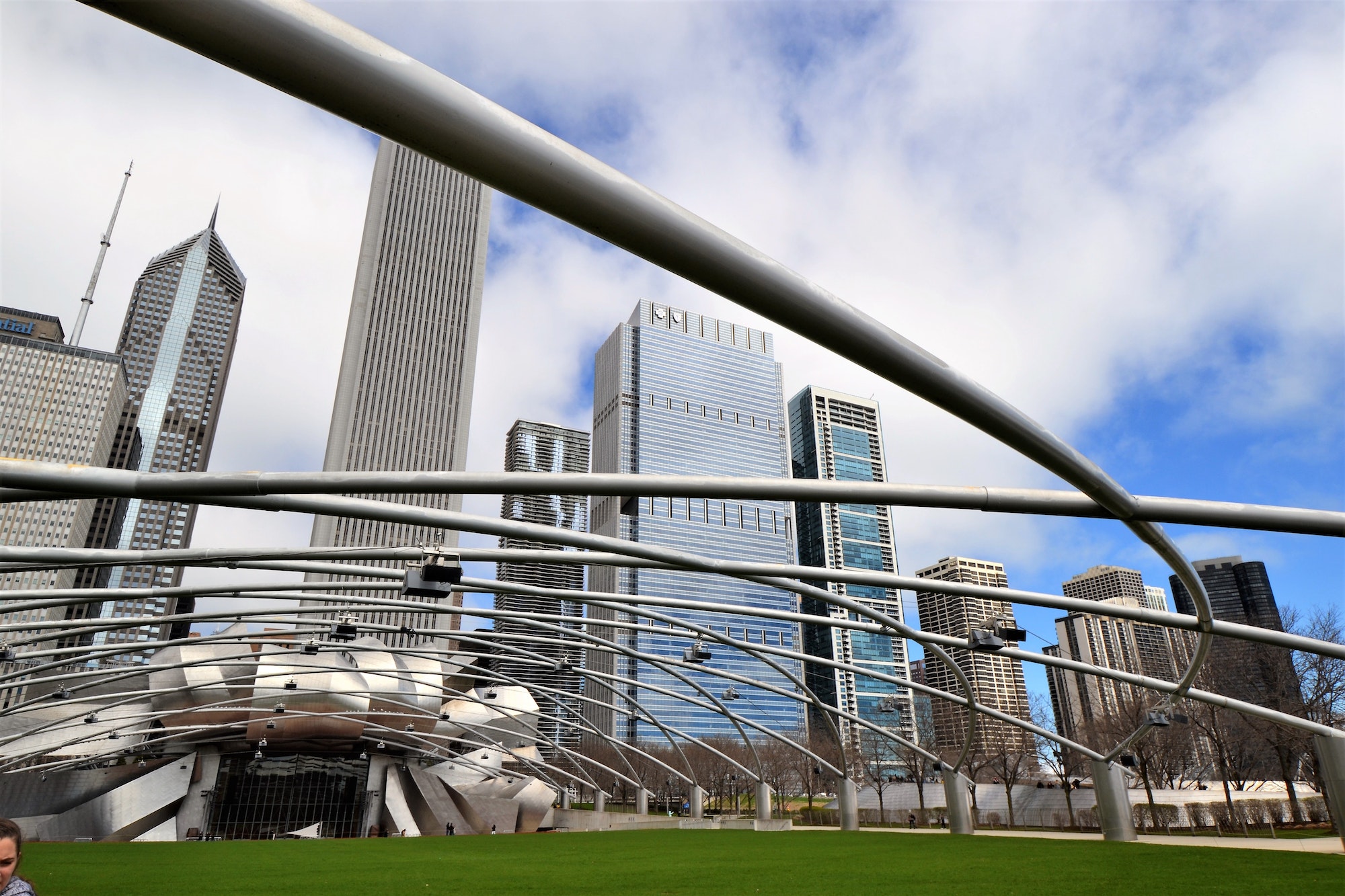Something big is happening: architecture is entering a wholly new era. Recent technological advancements in architecture have been altogether altering the face of the discipline as we know it, and more is yet to come. Modern-day reliance on digital technologies and breakthroughs in artificial intelligence are transforming how buildings are envisaged and designed. Leading architecture schools adopt state-of-the-art curriculums to ensure the most innovative and forward-looking training for aspiring architects.
We take a look at the most pronounced trends, innovations, and opportunities for the next generation of architects to give you a clear picture of where modern architecture education is headed. Let’s dive right in!
The Rise of Generative Design
Generative design in architecture refers to the process of inserting design objectives, budgetary restrictions, and other data into smart software that evaluates all potential solutions by using real-world data. Generative design enables professionals to browse through a plethora of architectural sets, explore countless options to get inspired and choose the best design for a given space.
More and more educational institutions offer courses in generative design, enabling architects to design faster and smarter. Similar technologies serve as potent tools for helping architects regain control of the design process while automating diverse processes to make the process a breeze.
In the future, human-machine collaboration is expected to advance further, allowing architects to envision mesmerizing sophisticated designs while offering even more accurate solutions to modern-day construction hurdles. This is exactly what architecture education will focus on in the years to come.
Eco-Friendly Architecture
Humanity currently faces major ecological threats that are steadily approaching a point of no return. Favoring environmentally friendly designs and sustainable architecture is vital for protecting our rapidly dwindling resources and countering climate change. Waste reduction, recycling space, and lowering energy loss are some of the most pivotal aspects that modern architects focus on to promote the value of green design worldwide.
Carbon-neutral commercial buildings, naturally lit studios, and spaces with indoor garden beds are among many planet-saving innovations that are gaining traction. But still, most of our homes and public spaces have a long way to go to be sufficiently eco-friendly. This is why environmentally conscious architecture education is more vital than ever.
Architects are important stewards in facilitating this vital change, channeling ancient design models and groundbreaking technologies to marry comfort with efficiency. The architecture of the future will undoubtedly incorporate more stone, bamboo, wood, and other natural materials to safeguard our surroundings from decline.
Cities Are Going Vertical
Space is becoming increasingly scarce as the world population grows. Many consider vertical cities as the only sound solution to the shrinking livable space worldwide. Architects are becoming more and more space-savvy, designing tall buildings, compact living spaces, and urban high-rise offices.
Universities that offer one-of-a-kind education in this area are few and far between, which will hopefully improve in the years to come. If you’re planning to apply, be sure to consult Letsgradeit reviews to professional academic writing assistants to craft a flawless and inspiring essay. These guys can ensure your writing impresses even the meanest professor!
Architecture is a profession primarily concerned with the aesthetics of space. In light of modern-day sustainability needs and prospects for the future, density and maximal use of space might hold the answer to the world’s most pressing problems. Vertically oriented designs will offer long-term, sustainable living solutions that forward-looking architects must adapt to.
Relishing in Experimental Designs
The future architecture will shift away from one-line thinking and toward a more multi-layered, experimental approach that emphasizes creativity. In today’s world of relentless competition, it’s becoming more and more difficult to develop a distinct voice and independence of spirit without succumbing to boredom and repetition. Modern architecture education aims to foster individualism and originality in aspiring architects so that they can create designs that never fail to empower and impress.
The Way Forward
Robust architecture education is central to nurturing architects of the future who will go to great lengths to design elegant spaces that also honor our environment. In our digital-first world, architectural trends change at breakneck speed, so staying on top of them is critical if you want to capitalize on the best opportunities. We hope our comprehensive guide has inspired you to delve deeper into researching the trends, innovations, and opportunities in architecture education in 2023. Best of luck!
***
Joanne Elliot is an architect and blogger. For over a decade, Joanne has been designing massive civil projects and private homes. In her free time, Joanne writes educational blog posts on issues as varied as education, architecture, fashion, and more.
Discover more from Futurist Architecture
Subscribe to get the latest posts sent to your email.

![modern apartment [article_title]](https://www.futuristarchitecture.com/wp-content/uploads/2025/03/5-Hushed-Hacks-to-Quiet-Like-a-Whisper-With-Soundproof-900x600.jpg)

